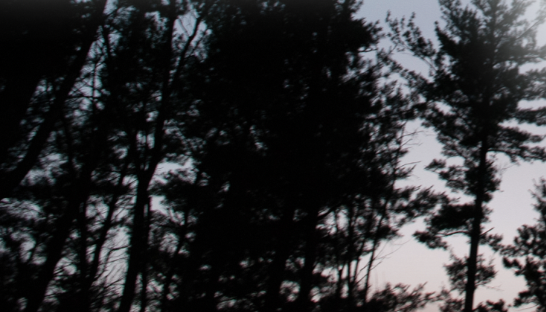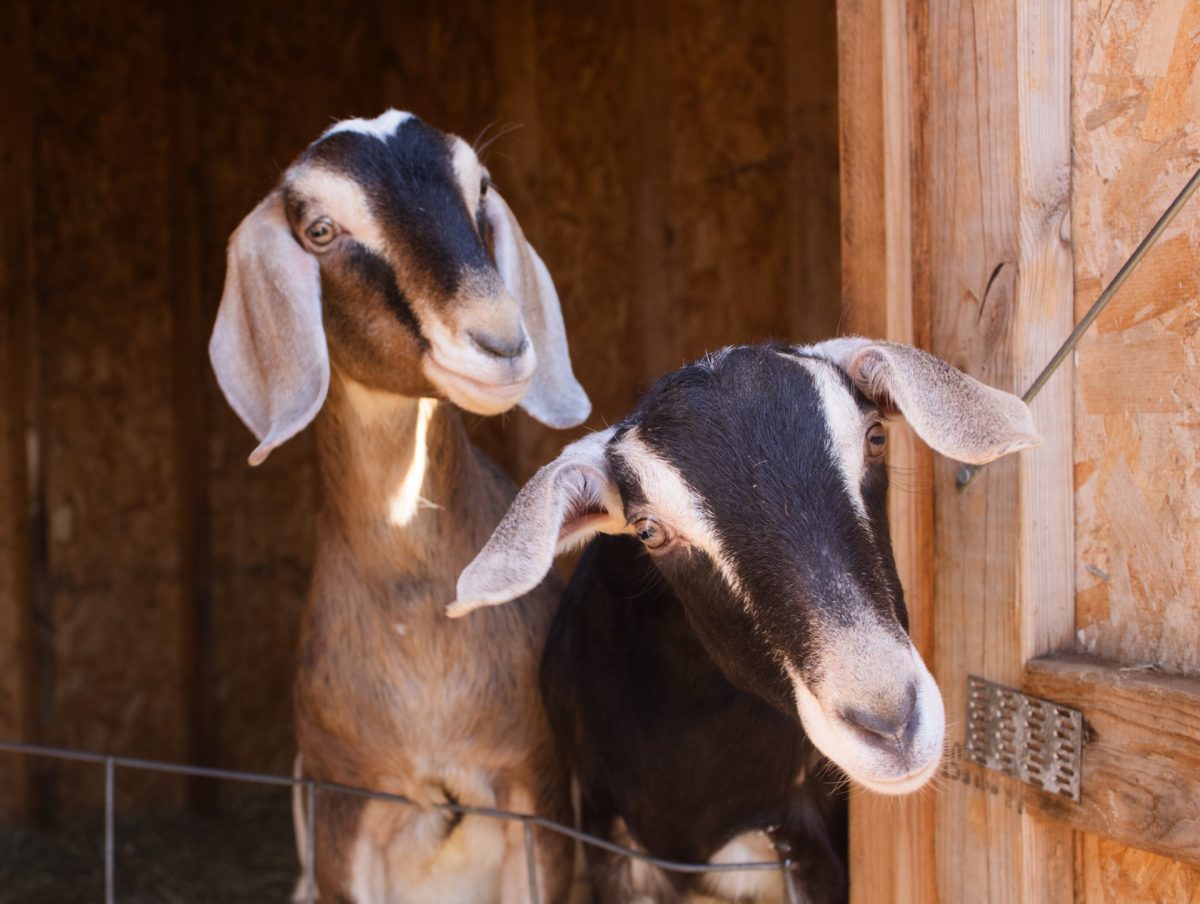Matthew Byers | Staff Writer
The era of the Nintendo 64 is predominantly known for the Nintendo games of Super Smash Bros., Mario Kart 64, GoldenEye, Legend of Zelda, Star Fox, and other poster children of the Nintendo franchise. It was also the era of some of the best 3d platformers, such as Banjo Kazooie, and Donkey Kong 64. One series however is left in relative obscurity despite being unique in the American Market.
Released for North America in April 16, 1998 Mystical Ninja Starring Goemon is the second in the Mystical Ninja, in the United States at least, series that has a feudal Japan setting, great music, and unique level design that takes advantage of humor and modern ideas, the biggest being the use of robots in boss fights.
The plot of the game surrounds the good ninja Goemon and his slightly perverted friend Ebismaru in stopping the Peach Mountain Shogunates plot to turn the world into one giant musical stage for their own entertainment. They travel across Japan working to find their allies Yae, a mysterious government ninja, and Sasuke, the first robotic ninja and his creator Old Wise Man to save villages plagued by monsters and the Shogunates’ henchmen.
After almost every dungeon boss-fight the game will then switch to a large robot boss battle where the characters summon their own large robot Impact. Every summon begins with a musical introduction in Japanese with English subtitles and a “destruct-a-thon” segment to boost your robot’s health and weapons by destroying smaller robots.
The level design is all focused on the platforming, and the levels are smooth and varied. Despite their uniqueness some levels feel awkward, or have theming that doesn’t make sense, such as the food theme of the Shogunates’ submarine. Even if there is some strangeness the game doesn’t have too many of these segments, and humor is sprinkled in to keep the game light-hearted and fun.
The music of the game is heavily influenced by traditional Japanese instruments such as the shamisen to give the game fairly care-free background music as the player journeys to save Japan. There are also instances where more modern rock music or even a blend of traditional and modern is played to give a higher sense of action.
Some cons of the game include a rather obnoxious laugh track that plays whenever a character makes a joke, no matter how bad. It takes away from some of the “realism” of the game but it is meant entirely to be breaking the fourth wall in a tongue-in-cheek manner. There is also the issue with entering the last segment of the game; you can either choose to stay on the main land and explore the world more or finish the game, not being able to turn back. While the game has to be continued, it’s a personal annoyance when games stop you from being able to return you to an area unless it’s the sole point as in a tutorial.
Mystical Ninja starring Goemon is fairly unheard of in the United States; it only sold fifty-five thousand units while games like Super Smash Bros. sold almost three million. The game is a unique platformer, with the Japanese theming and gameplay being enjoyable almost twenty years later. And if you decide to play, keep an eye out for the lucky cat dolls; while their main purpose is to increase your health similar to the pieces of heart from Legend of Zelda, if you collect every lucky cat you’ll unlock a secret.









